About 7% of the Norwegian landscape is prone to avalanches. Here’s what you need to know about the causes and risks of avalanches in Norway.
In Norway, avalanches claim the lives of five people on average every year.
With steep mountainous terrain, sudden flows of snow can rush down the mountainsides, taking with them everything in their path.
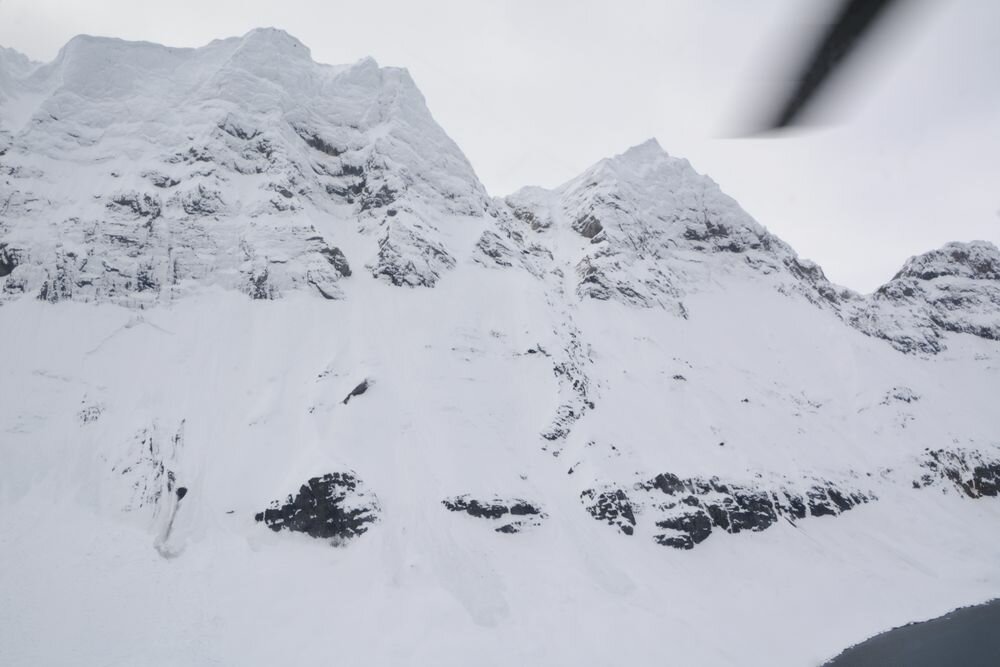
Avalanches can affect small local communities by blocking roads and taking out power lines. Above all, they are dangerous to mountaineers and backcountry alpinists.
In 2019, two polish citizens died in an avalanche on Svalbard after falling several hundred meters down the mountainside.
As a result of their frequency, it is important to be aware of the causes and risks of avalanches in Norway.
Causes of natural avalanches
A few key ingredients trigger an avalanche: a slope, significant snow coverage, and, most importantly, a force that loads or weakens the snowpack to the point of failure.
Heavy snowfall, accumulation of wet snow, and high winds can load the snow so that its weight exceeds the strength that keeps it on the slope. On the other hand, a weakening effect such as significant rainfall or high temperatures can lead to melting of the snow and destabilization.
In these cases, it is only weather and gravity to blame for triggering an avalanche.
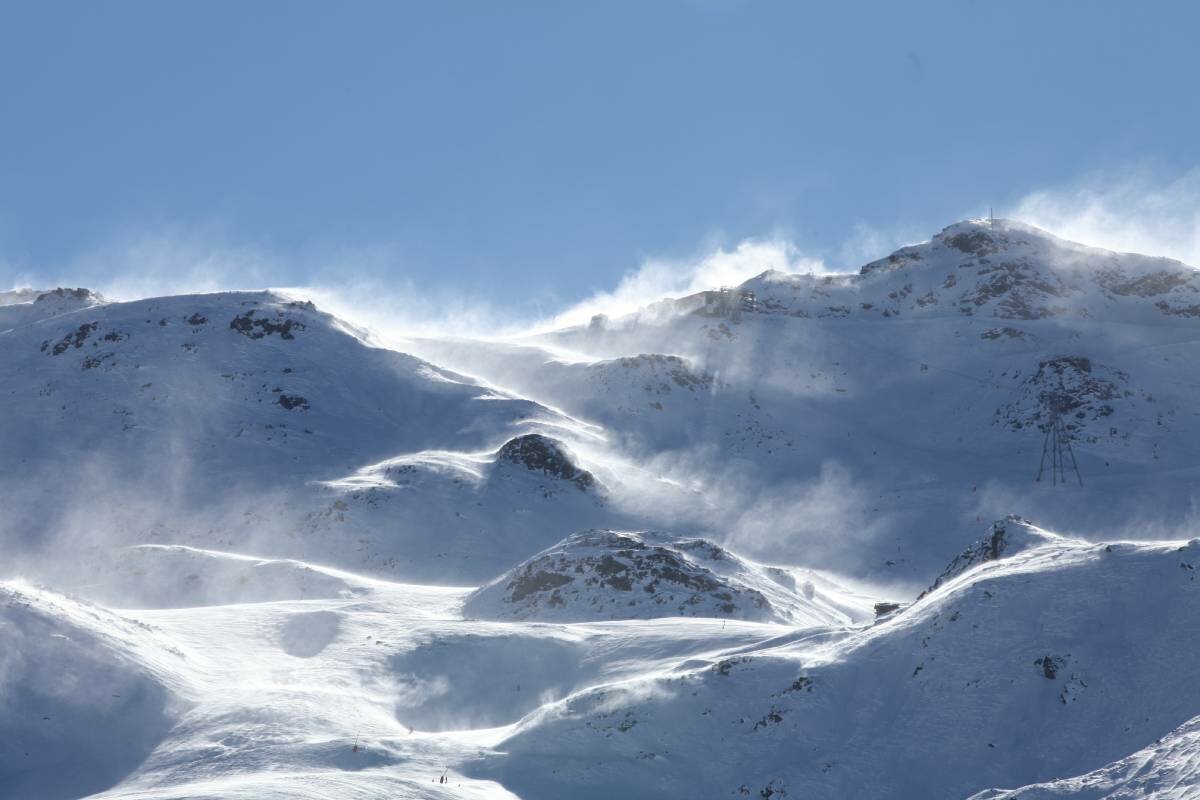
If the snow has been accumulating for some time, layers of snow pile on top of one another. Consequently, this may create a persistent weak layer of snow beneath a strong layer of snow.
Slab avalanches occur when a strong intact layer of snow slides downslope on top of a weaker layer. They are the most common type of avalanche and are triggered by either loading or weakening of the snowpack.
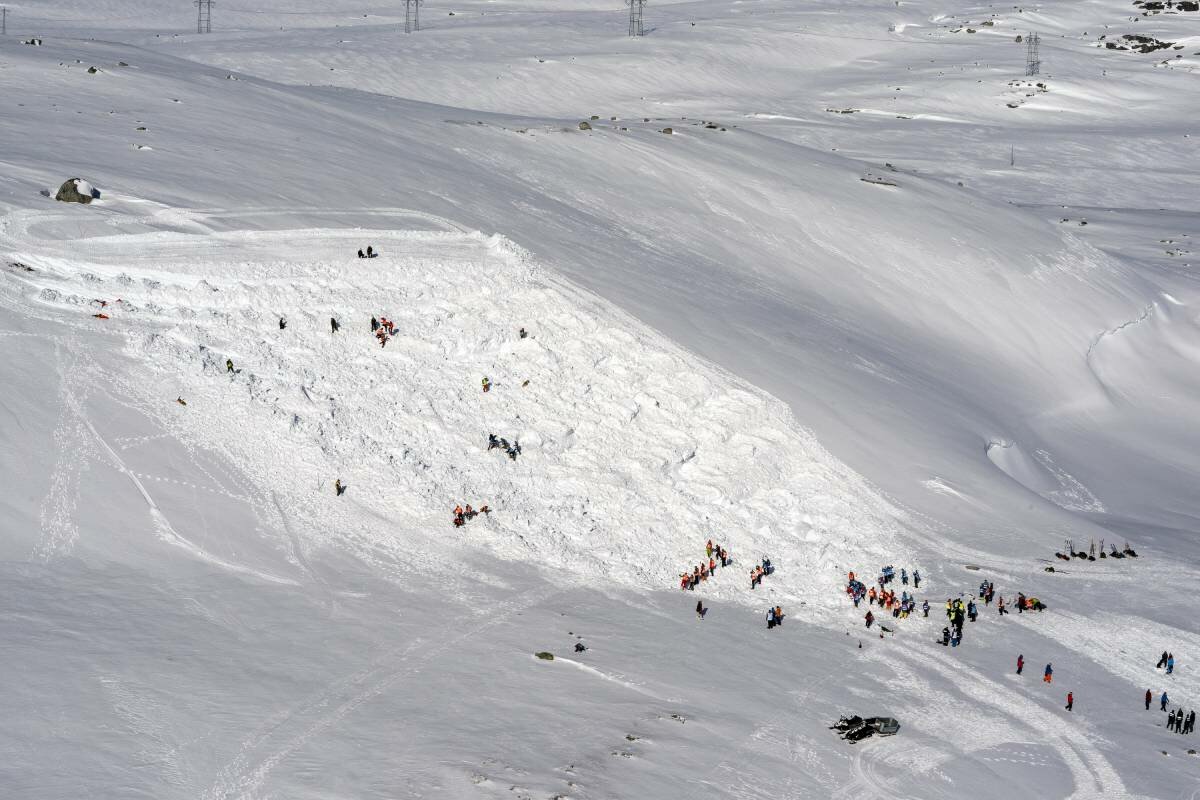
Avalanches caused by human activity
About 83% of people who are caught in avalanches, triggered the avalanche themselves. This makes summit and backcountry skiing and snowboarding the leading causes of avalanche fatalities in Norway.
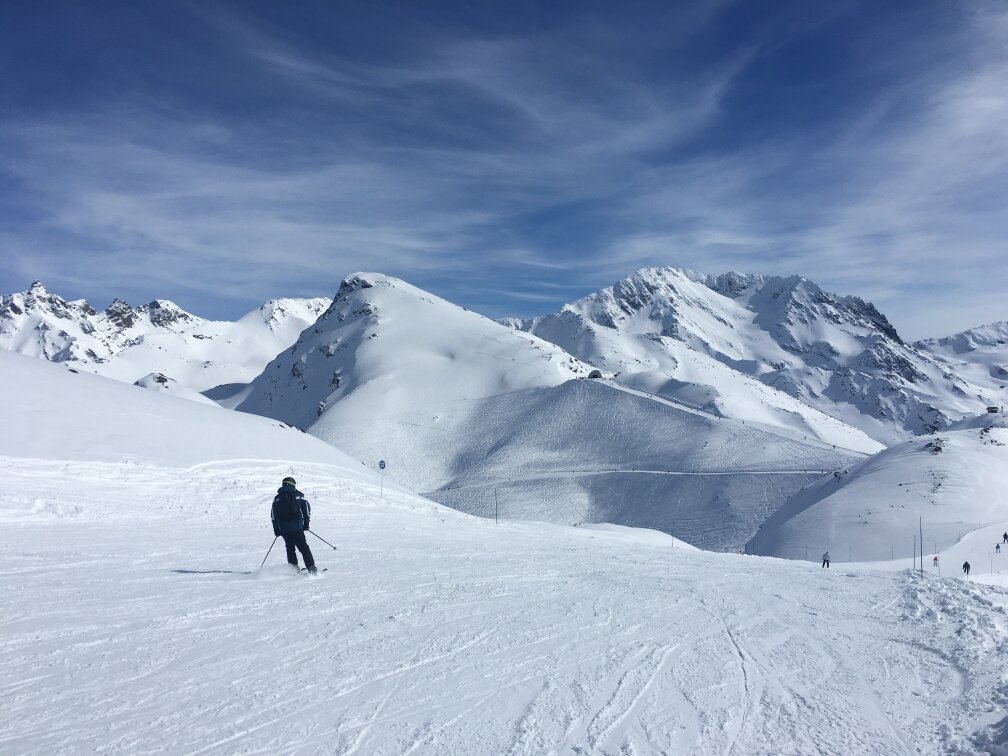
To increase safety, alpinists are always equipped with an avalanche transceiver, probe, snow shovel, first aid kit, and a helmet. Today, alpinists can even use what is known as an avalanche airbag that deploys to create an air pocket under the snow.
But even with the correct equipment, fatalities can still occur.
Alpinists have to be aware of where they can and cannot ski – and what to do in case the snow begins to slide from underneath them.
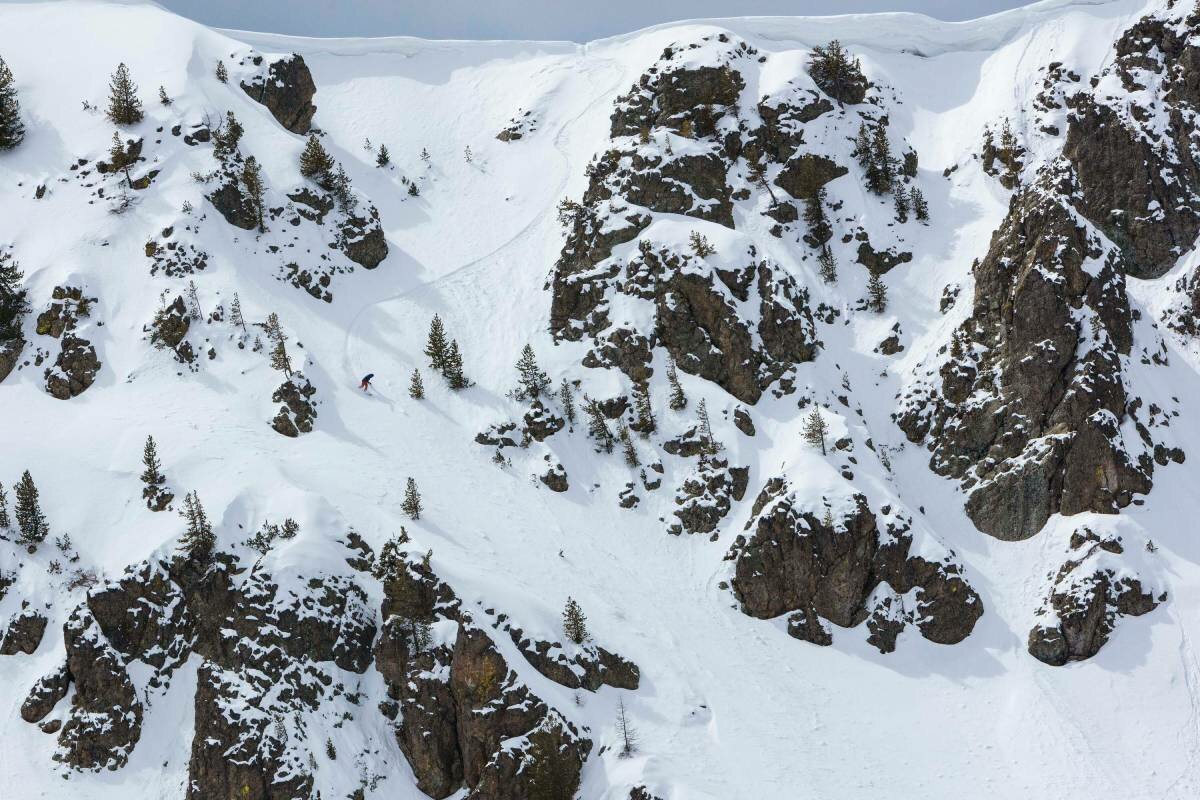
How to survive an avalanche
On February 13, 2021, an avalanche swept a man 100 meters downslope in Møre and Romsdal district, Norway. Luckily, he was able to get himself out uninjured.
So what do you do if you are caught in an avalanche?
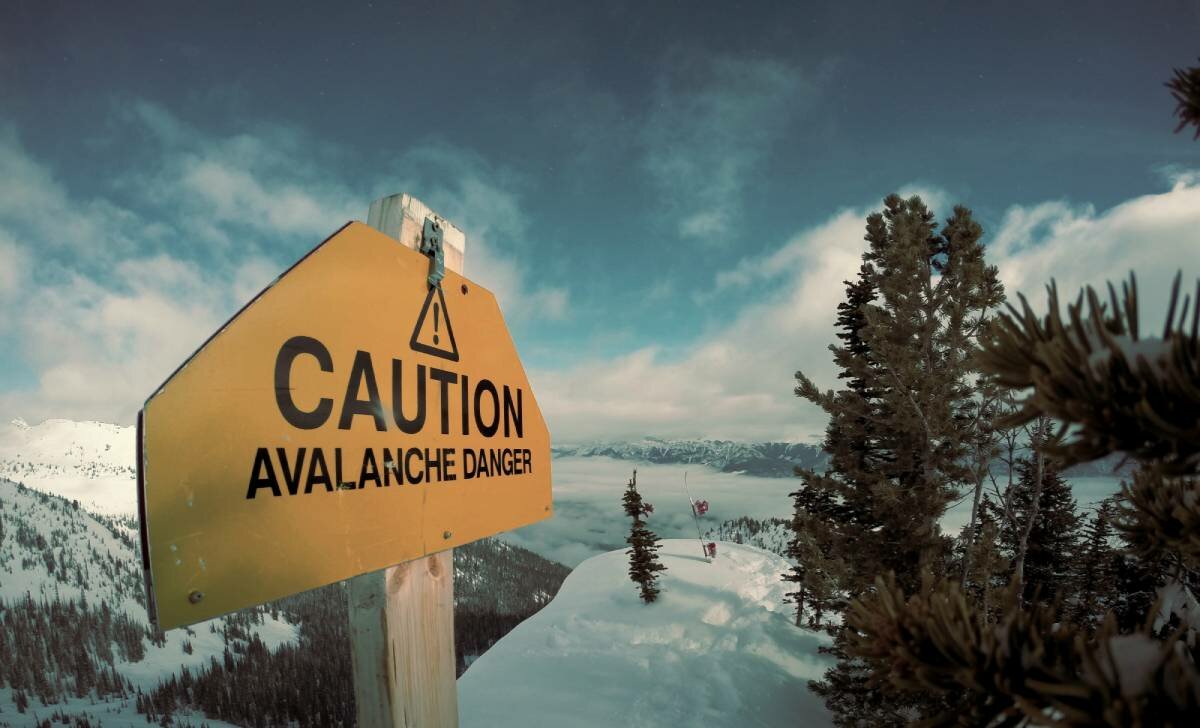
First, experts advise to ski laterally out of the avalanche, all the while keeping on top of the moving snow slab. However, this escape method may only be possible within the top half of the avalanche.
If you are still in the midst of the avalanche and cannot ski out, remove your skis, throw away your poles and deploy your airbag. Your skis and poles will only anchor you in the flowing snow.
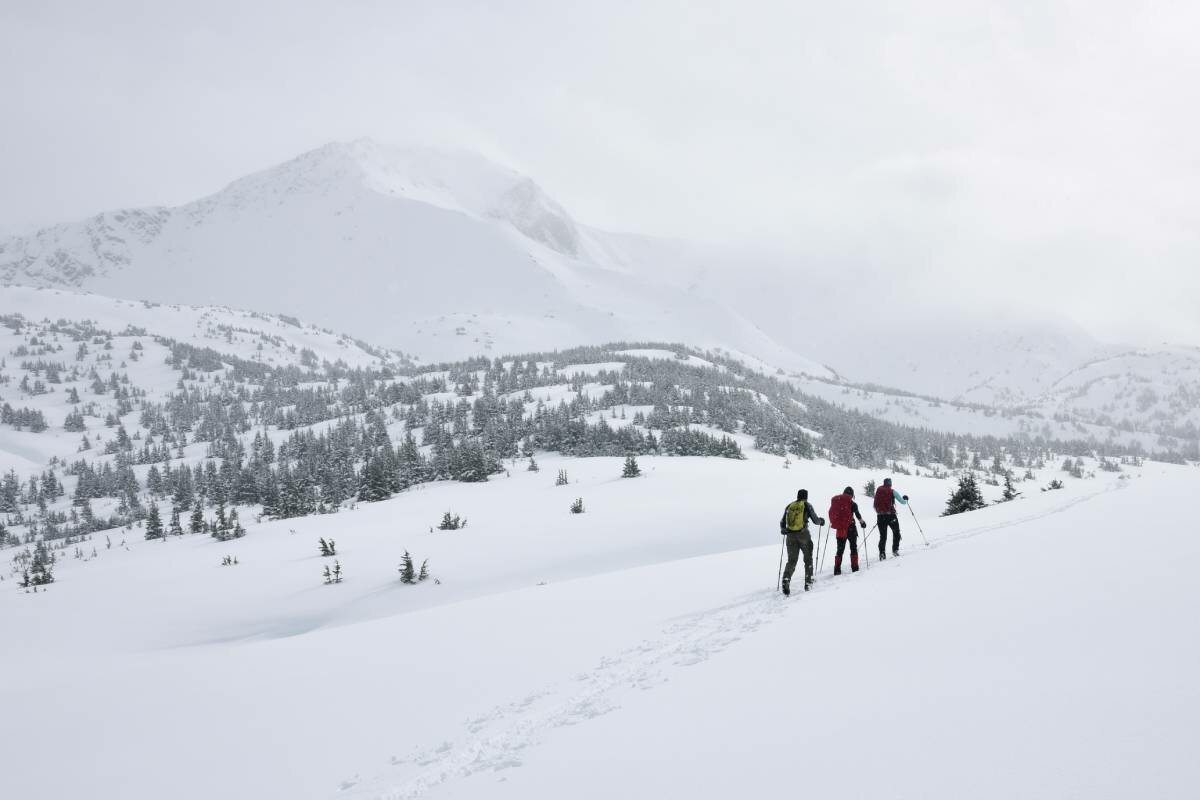
In the worst-case scenario, you become submerged under the snow. At this point, experts say the best action is to “swim” with wide arm movements, before the avalanche stops and the snow compacts.
Swimming should effectively help you stay on top of the avalanche. Additionally, it will help create an air pocket around you once the snow settles.
Skiers who have survived avalanches describe only being able to create a tennis ball-sized air pocket in front of their mouth. Despite being small, this amount of space may keep you alive long enough for rescuers to dig you out.
The next step is the most challenging: stay calm and control your breathing as you wait to be rescued.
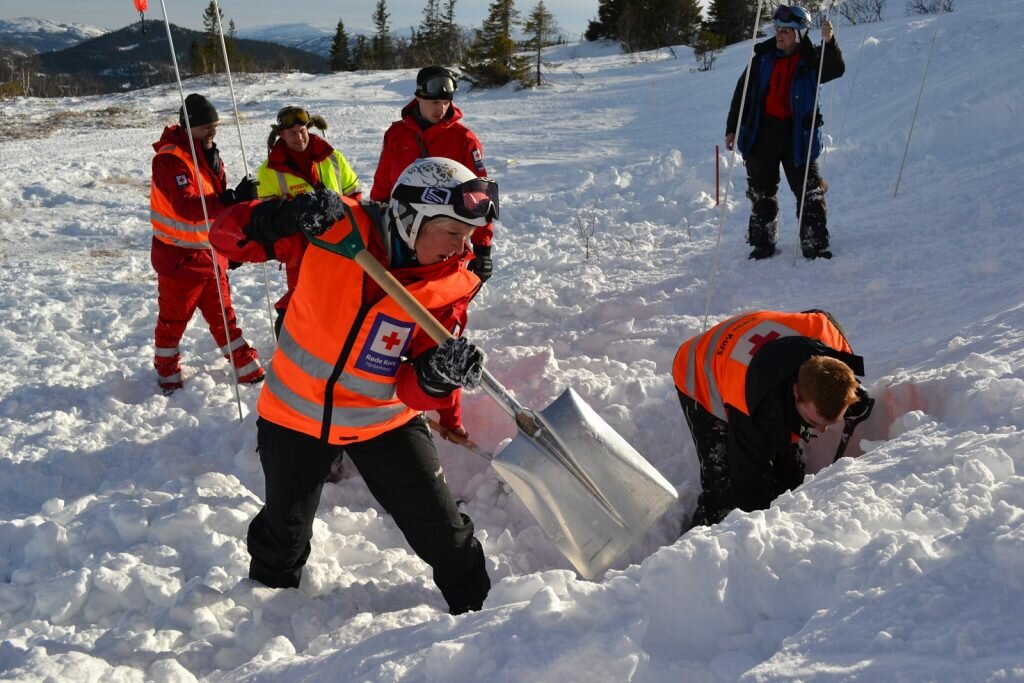
As summit skiing is becoming more popular, being aware of the causes and risks of avalanches is becoming ever more important in Norway. You can keep up to date with avalanche warnings and other important information at varsom.no.
Gathering speed and debris
Once an avalanche begins, the advancing snow gathers material from its surroundings: snow, ice, rock, trees, debris, and even air can get trapped in the advancing snow mass. A mix of air and snow creates a powder snow avalanche.
In this way, the avalanche is able to gain mass and accelerate down the slope. Furthermore, avalanches can funnel into narrow mountainous gullies, providing little room to escape.
Due to their speed, avalanches travel great distances and are a risk to communities in the valleys of snow-covered mountains. This additionally means that the outlet zone of an avalanche can be at a much gentler slope than its starting point.
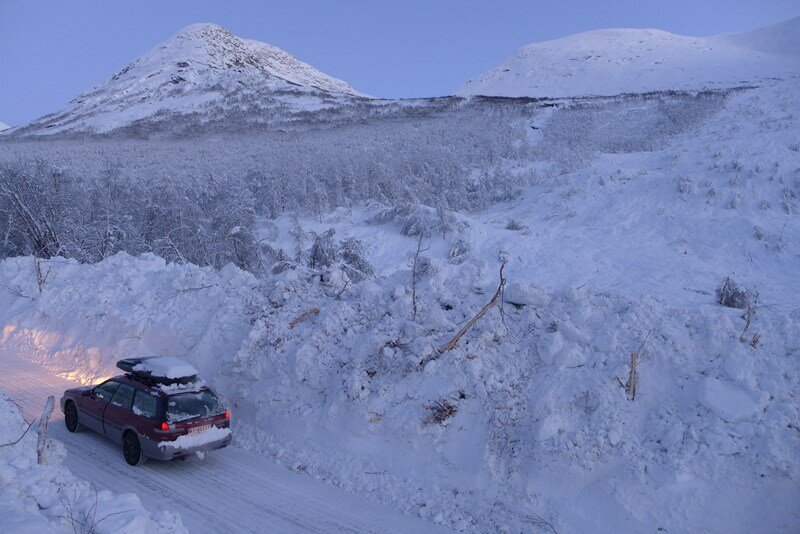
Near Alta, Finnmark, on February 21, 2021, an avalanche flowed over a road and trapped inhabitants in their cabins. This type of event is relatively common in Northern Norway.
With spring comes more risks
The month of April is known as the worst month for avalanche fatalities in Norway.
This is a direct result of warmer temperatures and more rainfall that weaken snow-covered slopes by melting. Likewise, warming climates and high annual temperatures will also increase the risk of avalanches in Norway in the future.
With spring just around the corner and annual temperatures on the rise, everyone needs to be cautious around snow-covered slopes and aware of the risks they pose.
Source: #Norway Today / #NorwayTodayTravel
Do you have a news tip for Norway Today? We want to hear it. Get in touch at [email protected]

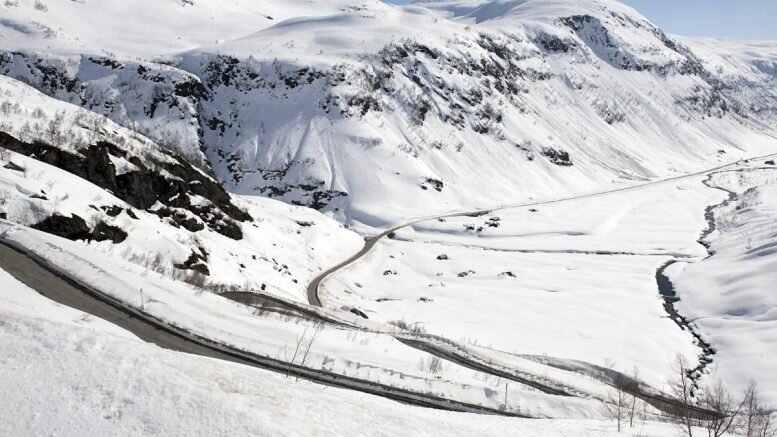
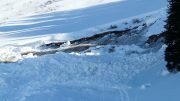
Be the first to comment on "The causes and risks of avalanches in Norway: What you need to know"